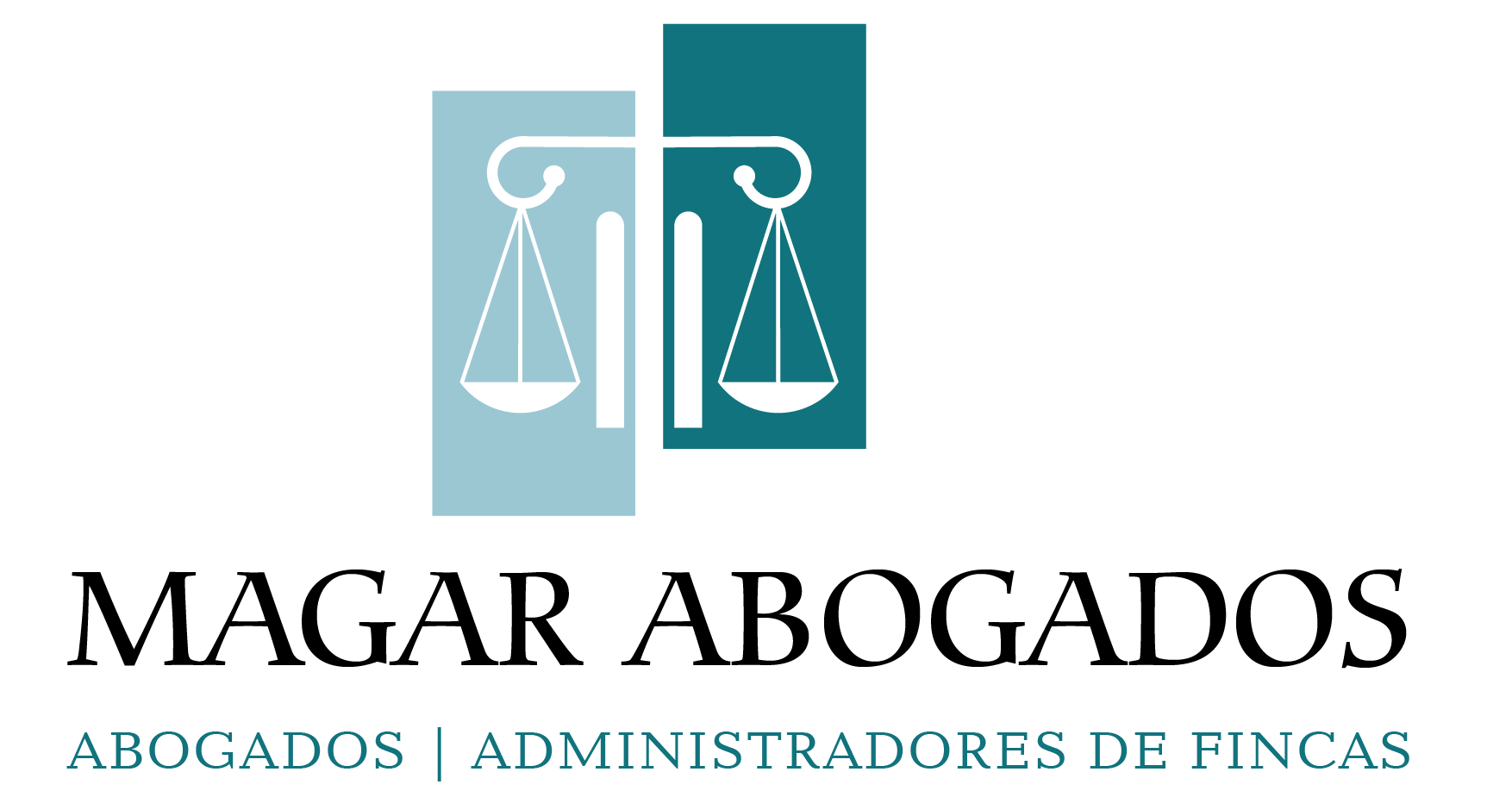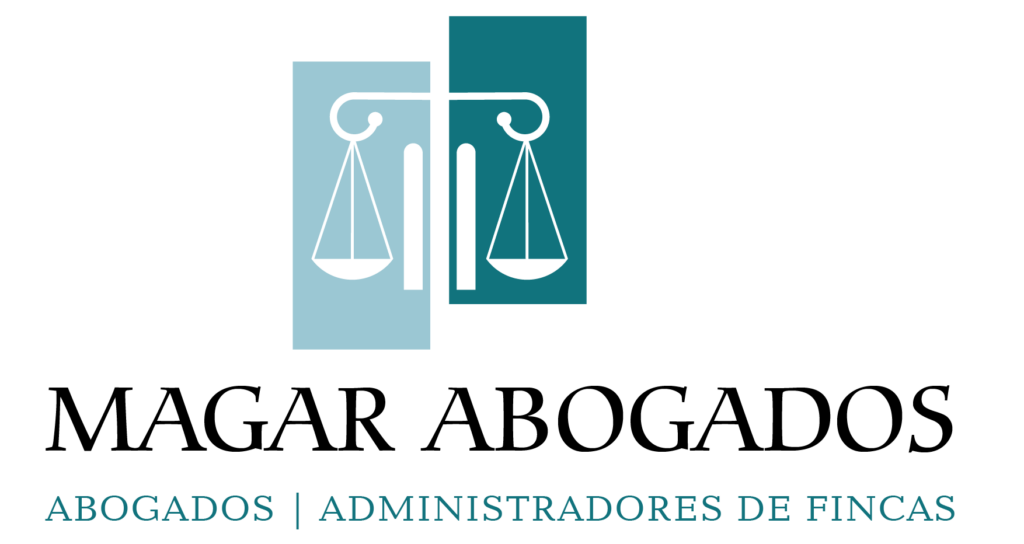
In our example, there is no accrued interest at the issue date of the bonds and at the end of each accounting year because the bonds pay interest on June 30 and December 31. The entries for 2023, including the entry to record the bond issuance, are shown next. When a corporation prepares to issue/sell a bond to investors, the corporation might anticipate that the appropriate interest rate will be 9%.
- Under the effective interest method, the semiannual interest expense is $6,508 in the first period and increases thereafter as the carrying value of the bond increases.
- The difference between the price we sell it and the amount we have to pay back is recorded in a liability account called Premium on Bonds Payable.
- All of our content is based on objective analysis, and the opinions are our own.
- The calculation provides the real interest rate returned in a given period, based on the actual book value of a financial instrument at the beginning of the period.
- One big caveat about the straight-line method As simple as the straight-line method is, the main problem with it is that the IRS generally doesn’t allow you to use it anymore.
- Further, companies can pick up the coupon payments in advance and reduce their interest costs.
Wealth Management Strategies Involving Amortizable Bond Premiums
Finance Strategists has an advertising relationship with some of the companies included on this website. We may earn a commission when you click on a link or make a purchase through the links on our site. All of our content is based on objective analysis, and the opinions are our own. An interest-bearing asset also has a higher effective interest rate as more compounding occurs.
Amortizing Premiums and Discounts
A bond premium occurs when the price of the bond has increased in the secondary market due to a drop in market interest rates. A bond sold at a premium to par has a market price that is above the face value amount. Over the life of the bond, the balance in the account Premium on Bonds Payable must be reduced to $0. In our example, the bond premium of $4,100 must be reduced to $0 during the bond’s 5-year life.
- An entry is usually made on every interest date, and if necessary, an adjusting journal entry is made at the end of each period to record the discount amortization.
- These long-term underlying growth trends will support demand even when there’s some cyclical weakness in demand, as there is now from industries like construction.
- Generally, a bond will come with a face value of $1,000 or some other round number.
- A financial professional will offer guidance based on the information provided and offer a no-obligation call to better understand your situation.
- In this entry, Cash is debited for $600, which is the full 6 months’ interest payment ($12,000 x 0.05).
- A bond premium occurs when the price of the bond has increased in the secondary market due to a drop in market interest rates.
What is the amortization of premium on bonds payable?

11 Financial’s website is limited to the dissemination of general information pertaining to its advisory services, together with access to additional investment-related information, publications, and links. Implementing wealth management strategies that involve diversification, tax efficiency, and interest rate risk management can optimize bond portfolios and enhance overall returns. A bond trading for less than 100 would be priced for less than $1,000; it is considered a discount.
That’s the bullish case, and if you believe it, it makes sense to get exposure to copper through a high-quality company like Freeport. In addition, investment in AI applications means more demand for data centers, creating marginal demand for copper. Meanwhile, traditional sources of demand, including construction, transportation, and defense, will also support the copper market.
To determine the amount of the payment that is interest, multiply the principal by the interest rate ($10,000 × 0.12), which gives us $1,200. The payment itself ($2,773.93) is larger than the interest owed for that period of time, so the remainder of the payment is applied against the principal. The account Premium on Bonds Payable is a liability account that will always appear on the balance sheet with the account Bonds Payable.
PRACTICE QUESTION

The cost basis of the taxable bond is reduced by the amount of premium amortized each year. Let’s assume that just prior to selling the bond on January 1, the market interest rate for this bond drops to 8%. Rather than changing the bond’s stated interest rate to 8%, the corporation proceeds to issue the 9% bond on January 1, 2023. Since this 9% bond will be sold when the market interest rate is 8%, the corporation will receive more than the bond’s face value.
- This leads to saving in interest costs and also helps in making a smooth transition from one accounting period to another.
- Conversely, whenever the stated interest rate is lower than the current market interest rate for a bond, the bond trades at a discount to its face value.
- This discount will be removed over the life of the bond by amortizing (which simply means dividing) it over the life of the bond.
- As stated above, these are equal annual payments, and each payment is first applied to any applicable interest expenses, with the remaining funds reducing the principal balance of the loan.
- In accounting, the effective interest rate method examines the relationship between an asset’s book value and related interest.

The straight-line method of amortization allocates the discount evenly over the life of the bond. The difference between this amount and the cash interest in Column 3 is the premium amortization in Column 4. The bond’s carrying value at the end of the period in Column 6 is reduced by the premium amortization for the period. For each period, the interest premium bond amortization table expense in Column 2 is the semiannual yield rate at the time of issue, 5%, multiplied by the carrying value of the bonds at the beginning of the period. The difference between the required cash interest payment of $6,000 in Column 3 ($100,000 x 6%) and the effective interest expense of $6,508 is the required discount amortization of $508 in Column 4.


